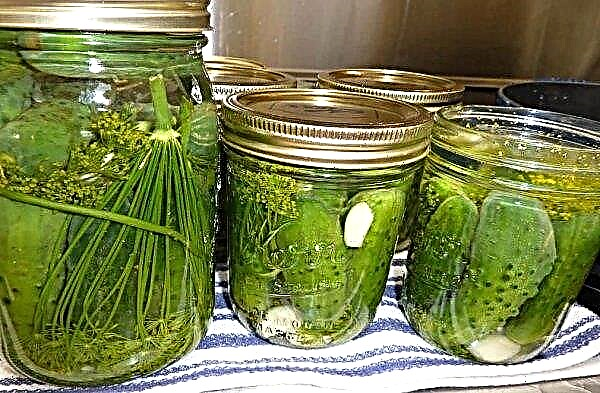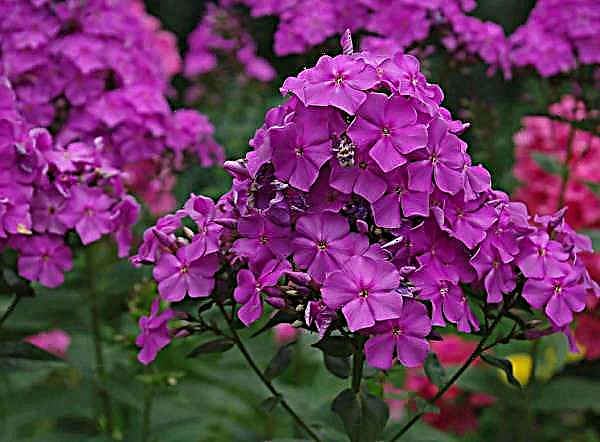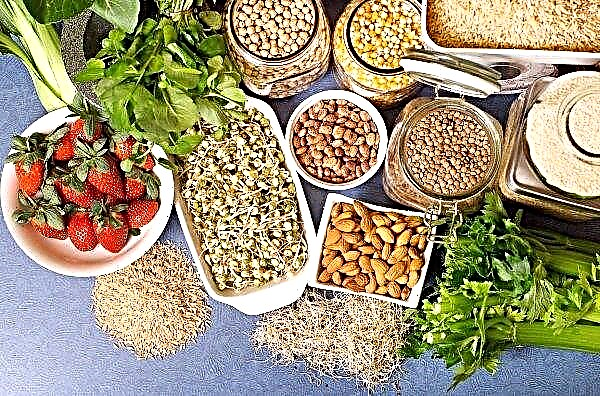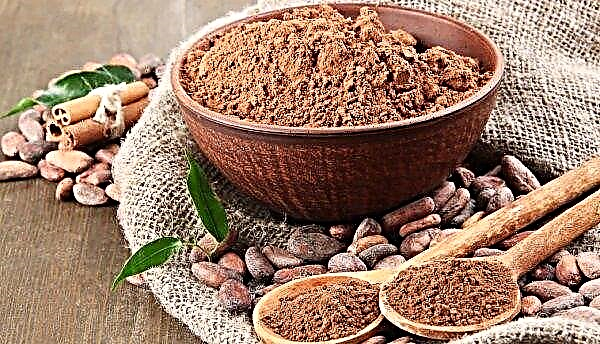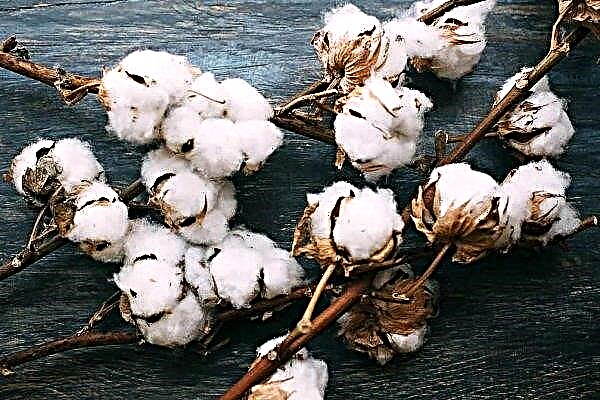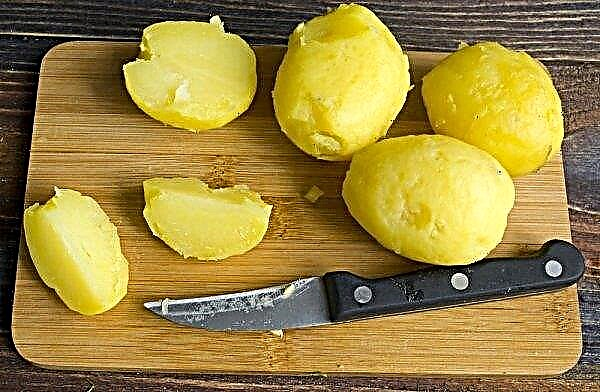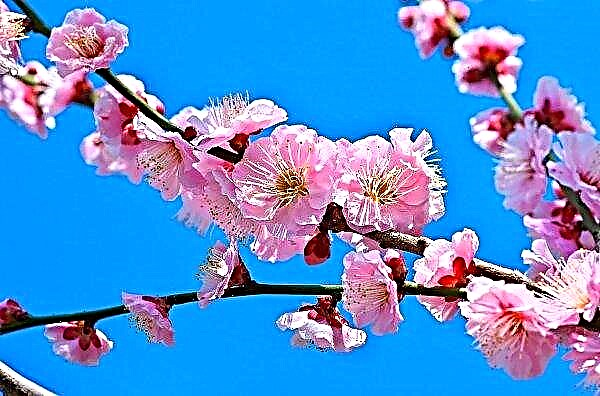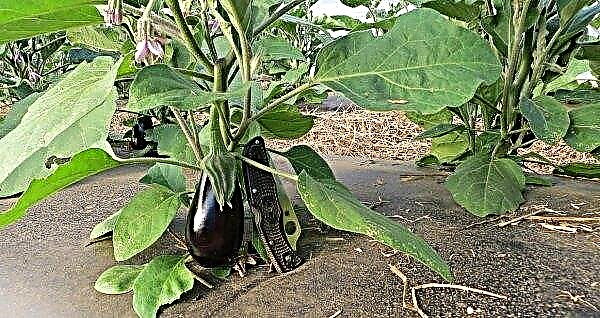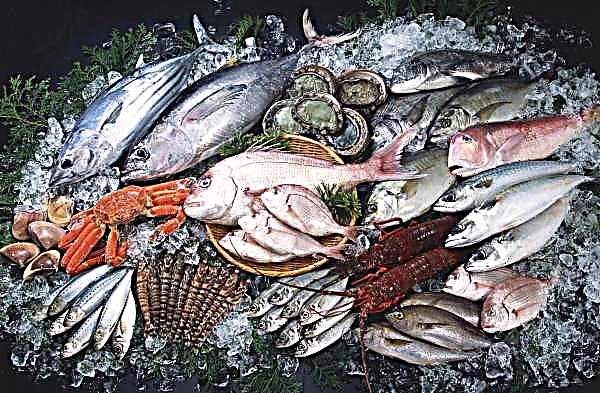One of the largest groups of indoor plants, with a huge number of species, varieties and forms, are violets. It is rather difficult to understand this variety and make a choice. Let's get acquainted with one of the beautiful and popular varieties of senpolis called Angelica.
Botanical description of the plant
Violet Angelica is the work of Russian breeders. She stands out among her own kind of unusual coloring of leaves and flowers. The leaves of this senpolia are formed of the usual shape and size. They are simple, smooth, with teeth along the edges. The top leaf plate is painted dark green, the bottom is red. The flowers are pink, double, large, with a diameter of 5-7 cm.
Corrugated edges and a two-color border from stripes of white and violet color give them a special decorative effect. The edges of the petals are strewn with blue or purple dots. The color of young and mature plants is somewhat different. On hot days, the border brightens, at low temperatures it becomes saturated. Abundant flowering - 6-7 flowers per bush. The first flowers appear in May. Flowering lasts a long time - from 20 to 30 days.Did you know? The most expensive indoor flower was sold for 202 thousand dollars. It was for so much that they sold the Shenzhen Nongke orchid at an auction in 2005.
Conditions for successful growing at home
Violet Angelica belongs to unpretentious varieties. But in order for it to bloom profusely, not to get sick, grow well and multiply, it is necessary to provide it with optimal conditions for growth and quality care. For a flower, warmth, bright light, high humidity are important.
Accommodation
The plant must be placed in a well-lit place with diffuse lighting and at the same time protected from sunlight. Daylight hours should be 12-14 hours. In winter, you need to install additional lighting. The optimal place for the flower to grow is northeastern and northwestern window sills. When growing on the south side, shading is needed. Violet does not tolerate drafts. Therefore, when airing in an apartment, it must be rearranged in another room.
The optimal place for the flower to grow is northeastern and northwestern window sills. When growing on the south side, shading is needed. Violet does not tolerate drafts. Therefore, when airing in an apartment, it must be rearranged in another room.
Temperature mode
The best decorativeness and stable growth are observed in those plants that are grown at a temperature of + 20 ... + 25 ° C. At night, it is allowed to lower the temperature to + 18 ... + 19 ° C. In winter, creating cooler conditions for violets is not required. The violet is able to tolerate the maximum possible short-term temperature drop to + 10 ° C. Raising the thermometer column above + 30 ° C negatively affects its growth, development and beauty.
Important! In the autumn-winter season, violet should grow away from batteries and heating devices.
Air humidity
Optimal air humidity is at the level of 60–70%. But the flower does not like spraying. To maintain the necessary high humidity, you need to install an air humidifier, wipe the leaves with a damp cloth, spray air next to the flower so that drops do not fall on it, place the pot on a pallet with wet pebbles or expanded clay.
Home Care
Activities for the care of violet Angelica standard: watering, fertilizing, pruning and transplanting.
Watering
Watering should be moderate. For violets, it is preferable to fill the water in a pan or use the wick method. Watering under the root is also possible, but in this case, you need to make sure that moisture does not get on the leaves, flowers and stems.
It is recommended to produce 1-2 hydrations in 7 days. For irrigation use rain, filtered or settled at room temperature for 2 days. After 30-40 minutes after humidification, the remaining water in the pan must be drained. It should not be allowed to stagnate - this increases the risk of root decay.
Top dressing
Top dressing is carried out during the growing season. They are needed to preserve the beauty of the leaves, long and abundant flowering, health of the bush. At a young age, more nitrogen-containing fertilizers are applied, in the mature - potash and phosphorus fertilizers. Use liquid root baits designed specifically for violets. Fertilization is stopped in October. This is necessary so that the plant comfortably enters a state of dormancy and can gain strength before the growing season.
Fertilization is stopped in October. This is necessary so that the plant comfortably enters a state of dormancy and can gain strength before the growing season.
Important! Senpolia should be fertilized under the root only after abundant watering. Fertilizing in dry soil can cause root burns.
Pruning
The flower does not need forming pruning. Its bushes are compact and look well-groomed. Dry and old leaves should be removed as needed. Also, during flowering, it is necessary to pluck faded buds in a timely manner. This will stimulate the formation of new flowers.
Transfer
Violets degenerate very quickly. Usually they are updated every 2-3 years. The transplant is performed once a year in early spring by transshipment without destroying the earthen coma. A larger pot and soil are acquired for this procedure. These flowers can grow in any pots - plastic or ceramic. But it is important to select them according to the size of the plant, because in fairly large containers they will refuse to bloom, and in small ones they will grow poorly. There must be drainage holes in the landing tank. In specialized stores you can buy special pots for violets - they provide a place for draining unnecessary water and a special hole for supplying moisture. The first violet pot is needed with a diameter of 6 cm, the next one is 2-4 cm larger. The maximum pot size for an adult plant is 10 cm in diameter. For the normal growth and development of the flower, he needs a special soil - loose, light, with good air and water permeability.
In specialized stores you can buy special pots for violets - they provide a place for draining unnecessary water and a special hole for supplying moisture. The first violet pot is needed with a diameter of 6 cm, the next one is 2-4 cm larger. The maximum pot size for an adult plant is 10 cm in diameter. For the normal growth and development of the flower, he needs a special soil - loose, light, with good air and water permeability.
The level of its acidity should be in the range of 5.5–6.5 pH. Soil for planting flowers can be purchased at a specialized store. On the packaging of a suitable soil it is indicated: "Saintpaulia", "Violet", "For sowing seeds and transplanting seedlings." Since such a substrate is too light and has one significant drawback - the rapid flow of water and sedimentation at the bottom of the pot, it is improved by making various additives.
Soil improvement can be done in this way:
- Mix 5 liters of prepared soil for violets with 0.5 liters of biohumus, 0.5 liters of perlite, 0.5 liters of vermiculite and 0.5 liters of finely chopped sphagnum.
- Combine 10 l of light loose substrate on horse peat with several tablets of crushed activated carbon, 1-2 pinches of agroperlite, 1-2 pinches of vermiculite.
Important! The purchased substrate is already etched, does not need processing and is ready for planting. Hand-made soil is subject to mandatory disinfection - treatment with potassium permanganate solution or calcination in the oven, microwave.
The transplant process is as follows:
- Water the violet well.
- Remove along with an earthen lump.
- At the bottom of the new pot, place a high layer of drainage of expanded clay, pebbles, broken brick, coarse sand, charcoal.
- Pour a layer of soil.
- Set an earthen room.
- Sprinkle with remaining soil without tamping.
- To water.
 When placing a flower in the ground, it is necessary to ensure that the growth point is not filled up, the roots are not bent, and the lower leaves do not touch the ground. The first watering will need to be done after a week, and the first top dressing - not earlier than after 2 weeks (if additional fertilizers were not applied during planting).
When placing a flower in the ground, it is necessary to ensure that the growth point is not filled up, the roots are not bent, and the lower leaves do not touch the ground. The first watering will need to be done after a week, and the first top dressing - not earlier than after 2 weeks (if additional fertilizers were not applied during planting).Breeding
Propagate the violet in 2 ways:
- Cuttings.
- Seed.
The first method is the simplest:
- Carefully cut a large sturdy leaf with a petiole.
- They put it for rooting in water in warm conditions.
- Before the roots appear, water must be periodically changed to fresh.
- After the roots appear and reach a length of 4 cm, the stalk is planted in moist soil especially for violets to a depth of 1-1.5 cm
- Organize a mini-greenhouse by covering it with a plastic bottle or a glass container.
- Spend daily airing and regular moisturizing.
- After the formation of the outlet, a transplant is made into the pot.

Landing is as follows:
- Soil moisturize.
- Seeds are placed on the surface.
- The cassette cover is closed.
- They are placed in a temperature regime of + 24 ... + 25 ° С.
- Humidify by placing the cartridges in water.
- After emergence, about 14–25 days later, the cover is replaced with a Spanbond-type covering material.
- After the appearance of 2 leaves make a pick in separate containers.
Possible growing difficulties
Violet rarely gets sick or is affected by harmful insects, but only when grown in the right conditions and regular care. If the owner ignores the recommendations for growing a flower, then he may be affected by such diseases:
- Fusarium It is manifested by rotting of the roots, root of the neck, softening of the leaves. The plant is not subject to treatment. It must be propagated by a healthy cuttings.
- Gray rot. It develops due to excessive moisture. It is necessary to reduce the frequency and volume of irrigation, treat the flower with Fundazolum, cut off the rotten roots, powder them with charcoal, and transplant them into a new pot and soil.
- Powdery Mildew The main symptom is a white coating on the leaves, resembling flour. Treatment is performed with Topaz or another fungicide.
Of the pests for the flower are dangerous:
- Mite. You can find out that this parasite settled on a flower by the web, which is located on the leaves and shoots. In this case, the leaves begin to turn yellow, fall off. Favorable conditions for the reproduction of ticks are high temperature in combination with dry air. To combat insects, wiping leaves and shoots with soap and water is used. With severe infection, treatments with Fitoverm, Bi-58, Karate, Iskra-M, and Actellik are needed.

- Thrips. May settle on violets with too dry air. They treat the flower by spraying with the insecticides Actellik, Inta-Vir, Fitoverm, Aktara.

- Nematode. Symptoms of damage - brown spots on the leaves, drying out of buds, active growth of daughter outlets. To fight it is necessary to carry out processing by Fitoverm. If the drug does not help, the plant must be destroyed along with the soil and the pot.
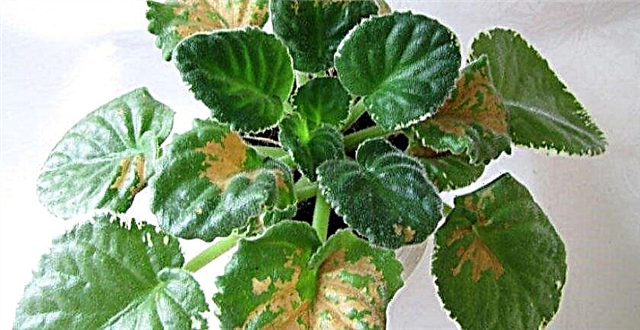
- Aphid. This sucking insect can cause great harm to the plant and if untreated, can lead to death. First, the leaves turn yellow and brown in the flower. You need to treat violet in the same way as when infected with a tick. Preference is given to gentle folk methods.
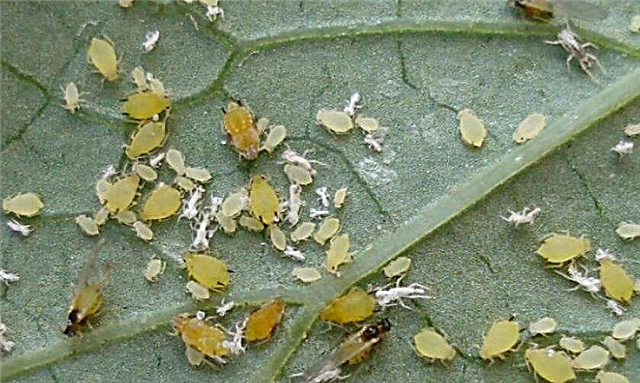
Did you know? The most foul-smelling flower in the world is recognized as rafflesia or cadaveric lily. It grows on the islands of Kalimantan and Sumatra. Its smell is like the stench of rotting meat.
Errors in care, in addition to diseases and harmful insects, can lead to other problems.
| Description of the problem | Cause | Solutions |
| Lack of flowering |
|
|
| Peduncle drying | Low humidity | Increase humidity by placing the plant on a pallet with wet expanded clay or by installing an air humidifier. |
| Yellowing leaves |
| Establish a cause and eliminate it: pritenit, establish the regime of fertilizing and watering, increase humidity. |
| Brown spots on the leaves |
|
|
So, the Angelica variety will undoubtedly appeal to lovers of violets. It grows well, blooms beautifully and does not need frequent and thorough care. The main thing is to place the flower in a well-lit place, to ensure regular moderate watering and the absence of drafts. Violet grows best when moistened in a pallet or wick way.





